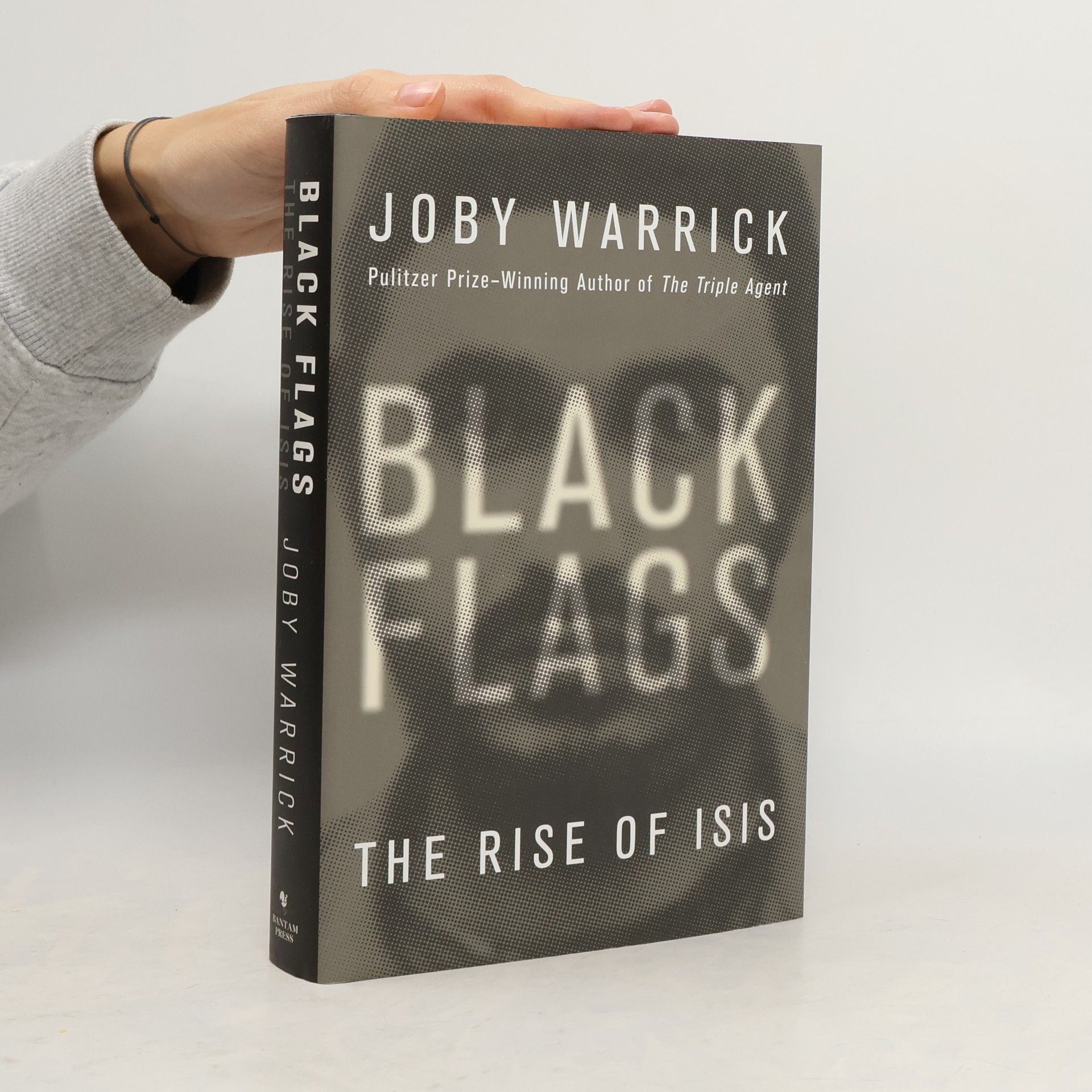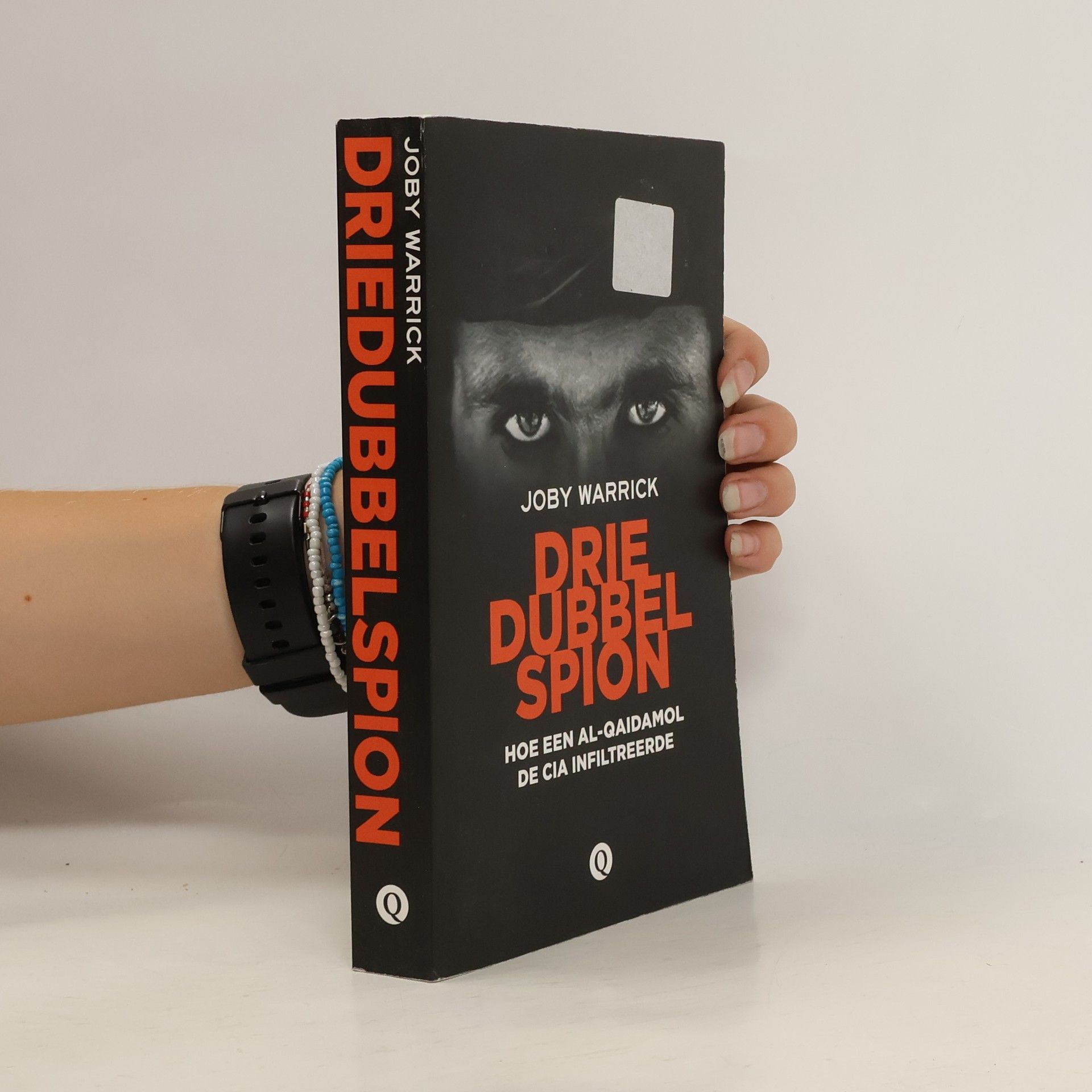Driedubbelspion
Hoe een Al-Qaidamol de CIA infiltreerde
Joby Warrick is een Amerikaanse journalist wiens werk zich verdiept in de complexiteit van nationale veiligheid en internationale aangelegenheden. Zijn verslaggeving onderzoekt nauwgezet de verspreiding van massavernietigingswapens en de interne werking van inlichtingendiensten. Warricks stijl wordt gekenmerkt door diepgaand onderzoek en scherpe analyse, waarbij verborgen verbanden en gevolgen worden ontdekt. Zijn schrijven werpt vaak een licht op de schaduwzijden van de mondiale politiek en de impact van beslissingen op wereldgebeurtenissen.






Hoe een Al-Qaidamol de CIA infiltreerde
De opkomst van IS
In maart 1999 eindigde in Jordanië de periode van veertig dagen rouw na de dood van Koning Hoessein. Er werd voor die gelegenheid amnestie gegeven aan een grote groep gevangen. Een van hen was Abu Musab al-Zarqawi. Deze man werd de spil in het terrorisme in de regio en een drijvende kracht achter het radicale Islamitische gedachtengoed. In 2003 vielen de Amerikanen Irak binnen en Zarqawi werd onterecht gelinkt aan Bin Laden. Daarmee werd hij onbedoeld een boegbeeld voor de radicalen, vele extremisten schaarden zich achter hem. In 2006 werd al-Zarqawi gedood bij een luchtaanval, maar zijn radicale gedachtengoed had al veel aanhangers. Het begon bij Al Qaida in Irak, maar splitste zich na een tijd af als IS. Toen de burgeroorlog in Syrië uitbrak, greep IS de mogelijkheid om Zarqawi’s droom, een ultra-conservatief kalifaat, na te jagen.
When King Abdullah of Jordan ascended to the throne in 1999, he released political prisoners to ease his transition. Among those freed was Abu Musab al-Zarqawi, a future terrorist mastermind who would forge an Islamist movement aimed at dominating the Middle East. Zarqawi initially orchestrated hotel bombings and assassinations in Jordan from northern Iraq, but the 2003 American invasion of Iraq propelled him to lead a vast insurgency. The CIA's portrayal of him as a connection between Saddam Hussein and Osama bin Laden inadvertently turned him into a symbol for like-minded radicals, who rallied to his cause as a hero against the "infidel" occupiers. His campaign of brutal beheadings and suicide bombings persisted until Jordanian intelligence helped the U.S. eliminate him in a 2006 airstrike. However, his movement survived, evolving from al-Qaeda in Iraq to the Islamic State of Iraq and Syria (ISIS), finding refuge in the chaotic regions along the Iraq-Syria border. The outbreak of the Syrian civil war in 2011 allowed ISIS to pursue Zarqawi's vision of a strict Islamic caliphate. Utilizing unique access to CIA and Jordanian sources, the narrative combines gripping operational details with broader historical insights to illuminate the ongoing threat posed by Islamic extremism today.
So when Russia offered to store Syria's chemical weapons, the world leaped at the solution.So begins a race to find, remove, and destroy 1,300 tons of chemical weapons in the middle of Syria's civil war.
In December 2009, a group of the CIAs top terrorist hunters gathered at a secret base in Afghanistan to greet a rising superspy: Humam Khalil al-Balawi, a Jordanian who had infiltrated the upper ranks of al-Qaeda. For months, he had sent shocking revelations from inside the terrorist network and now promised to help the CIA assassinate Osama bin Ladens top deputy. Instead, as he stepped from his car, al-Balawi detonated a thirty-pound bomb, instantly killing seven CIA operatives and giving the agency its worst loss of life in decades